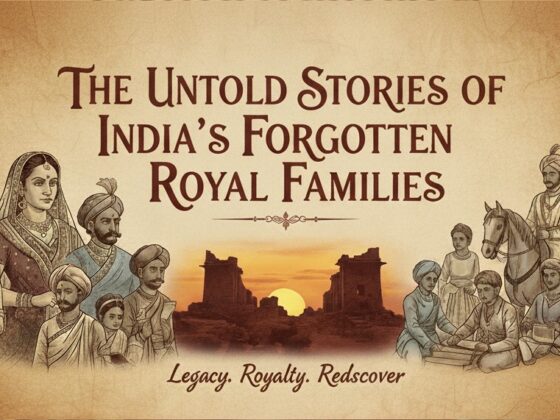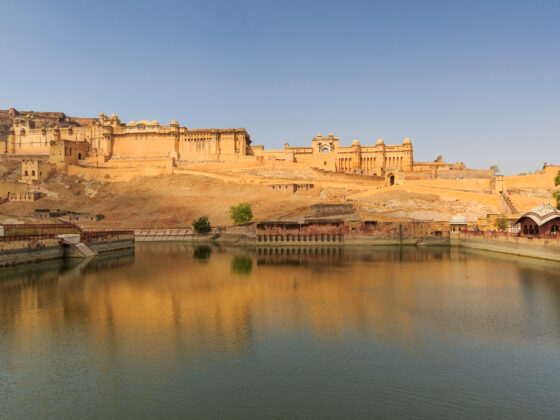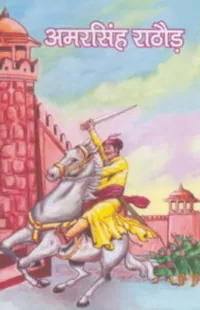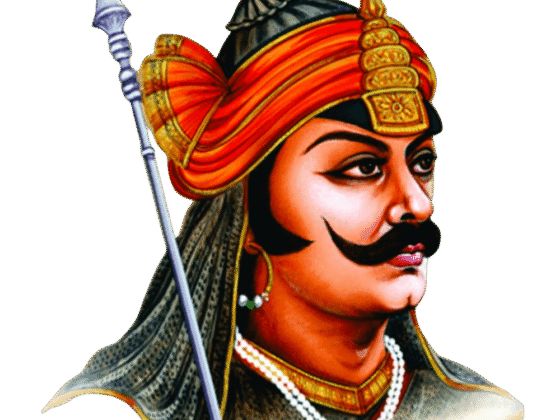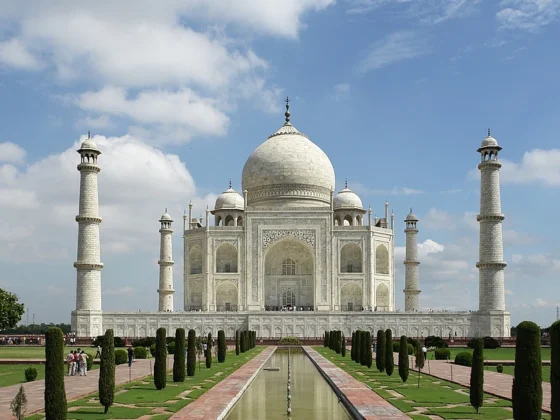Raja Man Singh I: The Trusted General of Akbar

Introduction
Raja Man Singh I, one of the most illustrious Rajput generals of the Mughal Empire, was a trusted ally and commander under Emperor Akbar. A prominent member of the Kachwaha Rajput dynasty of Amer (modern-day Jaipur), he played a significant role in shaping Mughal military and administrative policies. His unwavering loyalty and military prowess made him one of the Navratnas (Nine Gems) of Akbar’s court. This article delves into his early life, military conquests, administrative contributions, and his enduring legacy.
Early Life and Rise to Power
Raja Man Singh I was born in 1550 into the royal family of Amer. His grandfather, Raja Bharmal, was the first Rajput ruler to form an alliance with Akbar, which paved the way for future Rajput-Mughal relations. Man Singh was raised in a politically dynamic environment, where he honed his skills in warfare and diplomacy.
His early training and strategic brilliance caught Akbar’s attention, leading to his appointment as a high-ranking commander in the Mughal army at a young age. As he gained Akbar’s trust, he was entrusted with crucial military campaigns and significant administrative roles within the empire.
Military Achievements of Raja Man Singh I
As one of Akbar’s most formidable generals, Raja Man Singh I led several successful military campaigns across the Indian subcontinent. His strategic acumen and battlefield expertise were instrumental in expanding and consolidating the Mughal Empire.
1. Battle of Haldighati (1576)
One of his most famous battles was against Maharana Pratap of Mewar at Haldighati. As the commander of Akbar’s army, Man Singh led the Mughal forces against the valiant Rajput king. Though the battle ended inconclusively, with Maharana Pratap retreating to the hills, it solidified Mughal control over a significant portion of Mewar.
2. Bengal and Orissa Campaigns
Raja Man Singh was instrumental in subduing revolts in Bengal and Orissa. His campaigns in 1590-1592 were aimed at crushing local resistance and integrating these regions into the Mughal administration. His victory over the Afghan rulers of Bengal and the conquest of Orissa further expanded Mughal dominance in eastern India.
3. Deccan Campaigns
Under Emperor Jahangir’s rule, Raja Man Singh also played a key role in military expeditions in the Deccan. His diplomatic and military skills were vital in ensuring Mughal supremacy in the southern provinces.
Role in Administration and Governance
Beyond his military prowess, Raja Man Singh I was an able administrator and diplomat. He served as the Subedar (Governor) of Bengal, where he introduced effective governance strategies to ensure stability and economic prosperity. His policies included:
- Promoting trade and commerce.
- Strengthening tax collection mechanisms.
- Encouraging cultural and architectural developments.
Patronage of Art and Architecture
Raja Man Singh was not only a warrior but also a great patron of architecture. He commissioned several grand structures that stand as testaments to his vision and influence. Notable among them are:
- Man Mandir Palace, Gwalior – A magnificent fort that showcases Rajput and Mughal architectural fusion.
- Govind Dev Ji Temple, Vrindavan – A revered temple dedicated to Lord Krishna.
- Jaipur Fortifications – Strengthening the defenses of Amer and surrounding areas.
His Relationship with Akbar and Jahangir
Raja Man Singh maintained a strong and respectful relationship with Akbar, which ensured the stability of Rajput-Mughal alliances. However, during Jahangir’s reign, tensions arose due to political differences. Despite this, Man Singh continued to serve the empire with loyalty and commitment.
Legacy and Impact
Raja Man Singh’s contributions to Mughal governance, military success, and architectural advancements have left an indelible mark on Indian history. His ability to balance Rajput pride with Mughal loyalty set an example for future generations of Rajput rulers.
His role in fostering Rajput-Mughal relations paved the way for peace and cooperation between the two communities, influencing India’s political landscape for centuries to come.
Conclusion
Raja Man Singh I remains a legendary figure in Indian history—a warrior, diplomat, and statesman whose contributions shaped the Mughal Empire. His strategic brilliance, unwavering loyalty to Akbar, and administrative acumen make him one of the most remarkable figures of medieval India. Through his military triumphs and architectural patronage, he ensured that his legacy would endure for generations.
His life serves as an inspiration, showcasing the importance of diplomacy, valor, and strategic thinking in leadership. Today, Raja Man Singh I is remembered as a heroic warrior and a trusted commander, whose impact on Indian history is both profound and enduring.



